

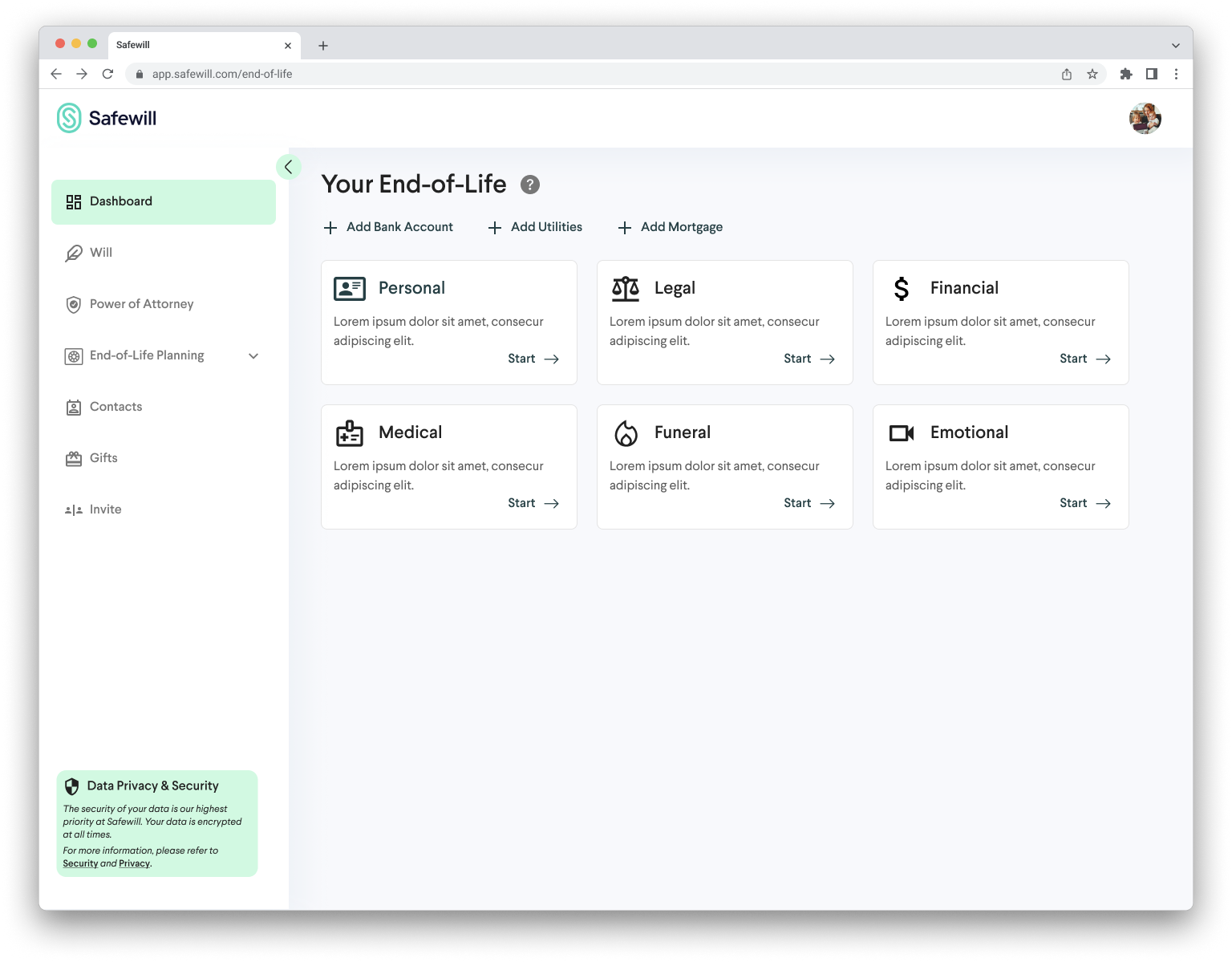
Jun - July /2022

Discovery, Definition of the Problem, Ideation, Wireframes, and Hi-fi Design.
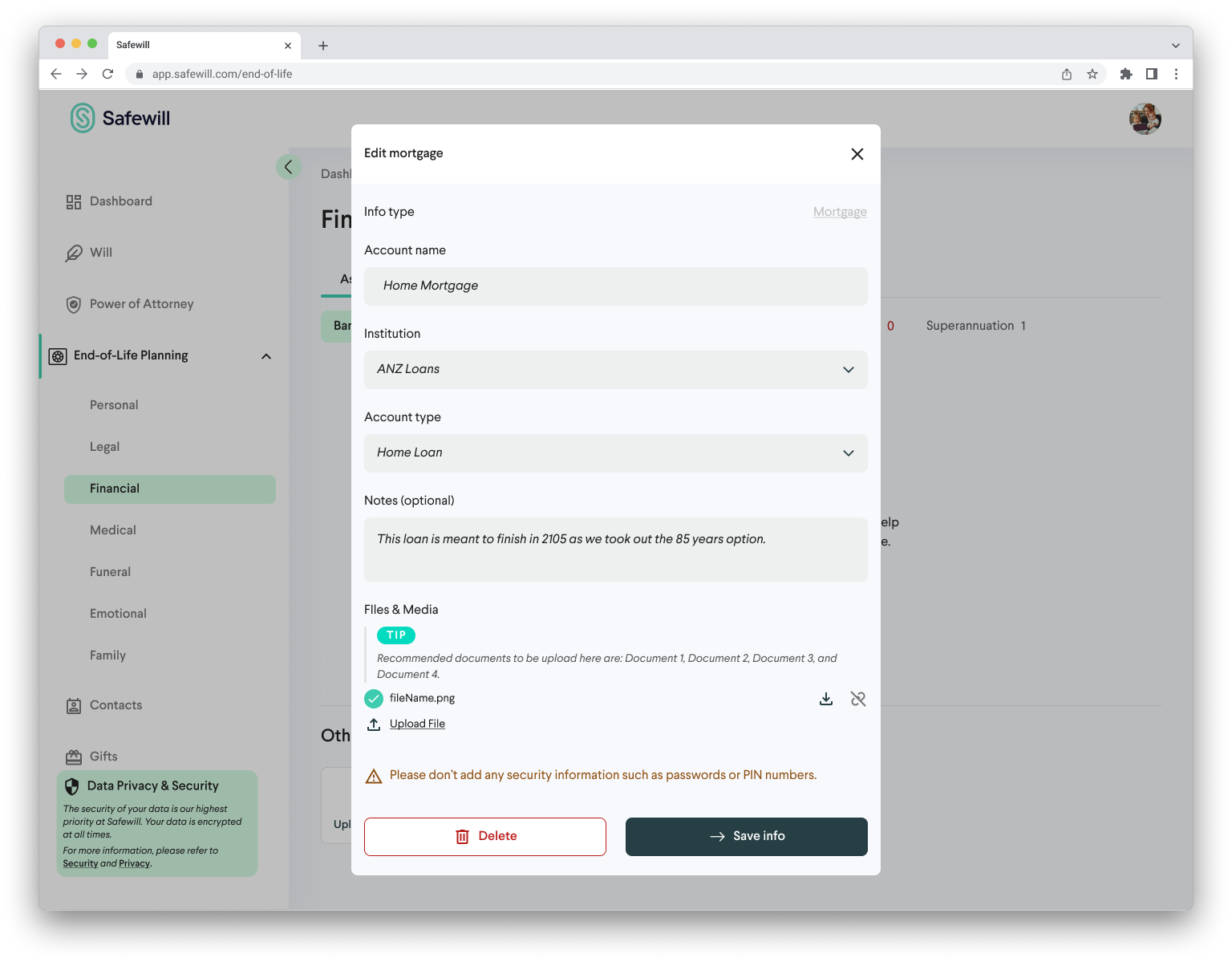
• Quarter acquisition OKR beaten by 170% without any product marketing.
• 30% average WAU/MAU achieved in 4 weeks.
• Prototype and early testing results have helped Safewill secure funding.
Went from concept to release in 45 days. This was an extremely hard project that required a lot of effort to understand how to solve the user’s problems and to validate our value hypothesis.
Translating user interviews and data analysis into defined problems and brainstormed several different solutions.
Achieved 200% of the quarter’s OKR and displayed great early engagement metrics.
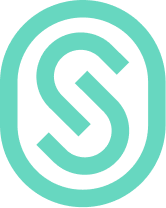
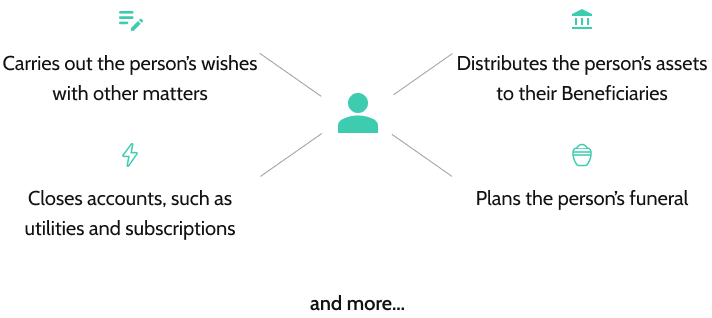
Not only dealing with someone’s death and matters is quite exhausting, but very often, the Executor is grieving while doing it. That is an extreme load on any Executor.
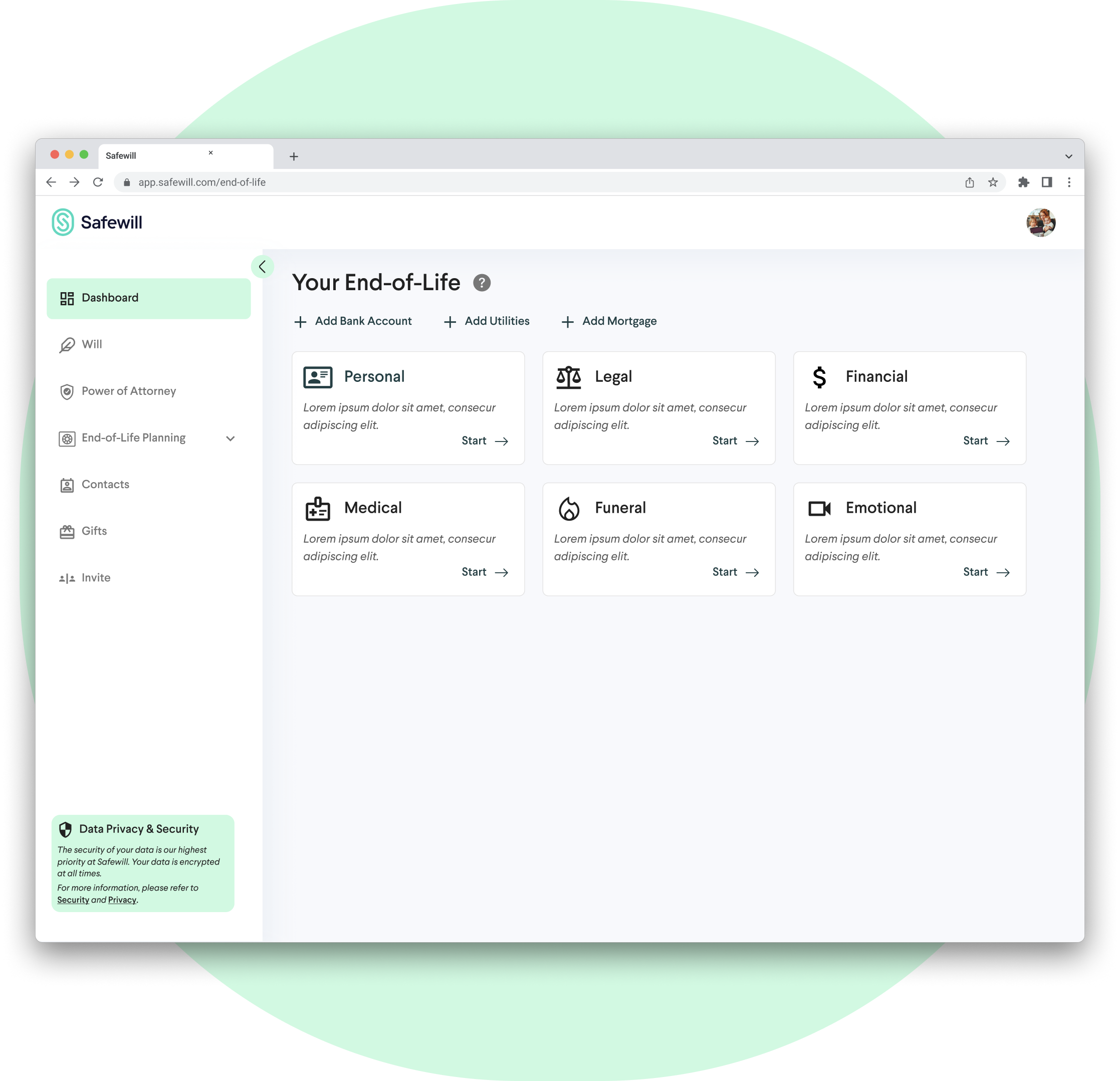
The Vault enables users add in their most important matters for their Executor, a vital step for when they need to sort our one's Estate.
The Vault guides the user regarding which documents should be uploaded so that they're aware of what is important for their Executor.
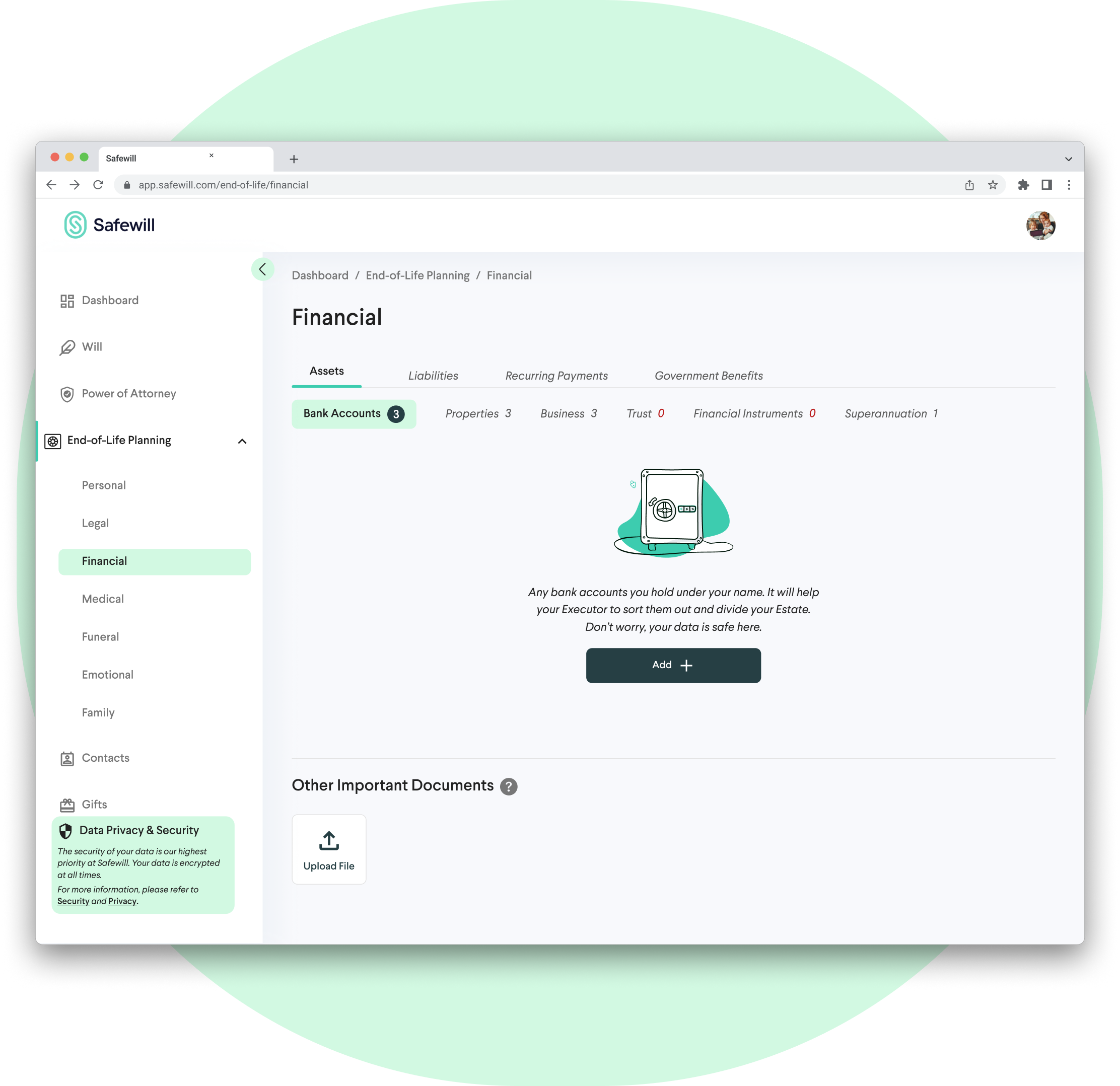
Our team had an idea about what problem we wanted to solve that came from stakeholder knowledge, as well as user feedback in other areas of the business (customer support and the Legal teams). The goal for the user interviews, therefore, was more understanding how users currently faced this problem of handing off information and documents to their Executor.





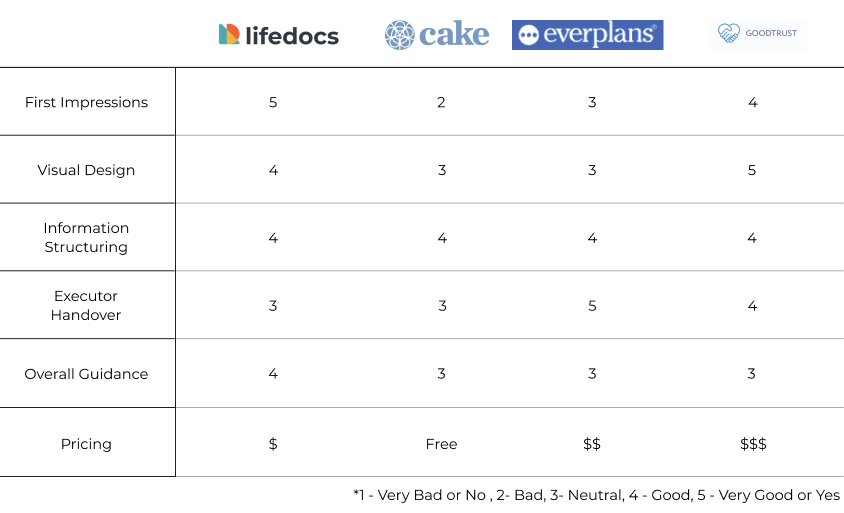
After the competitive analysis and 5 user interviews that covered
both The Vault and another
product we were scoping out the MVP for (similar to The Vault, therefore we could use a script
for both and learn for both products at the same time), we understood what was really important
to be on the MVP.
It's easy to put a bunch of features that could solve the problem
based on our research, but our
intention was to trim down the product to its essence, focus on solving only what really matters
(and what will make the ser love the product) first.
We really wanted to go lean.
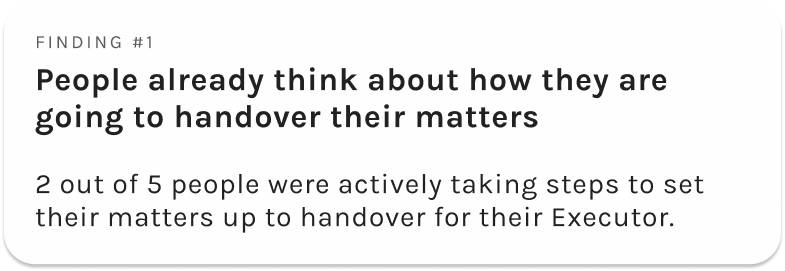
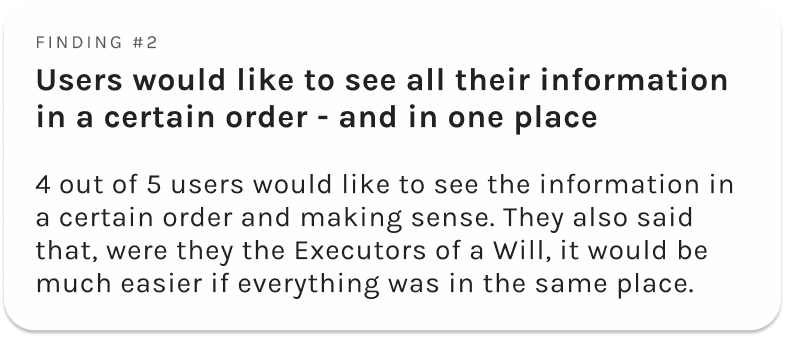
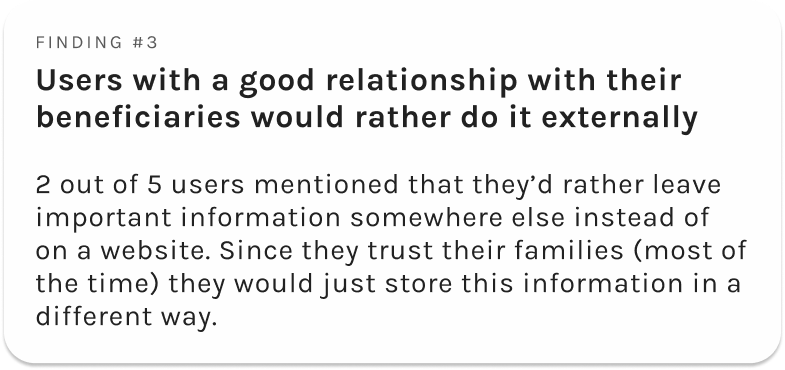
Exploring the solution space was actually a lengthy process. We tried many different designs. It didn't have to be so lengthy, but we made the mistake of skipping sketches and lo-fi's too quickly and focus too much on high fidelity design. What then happened was, rather than doing many sketches and lo-fi's, we did many high-fidelities. That did delay the delivery slightly, but nothing too serious.
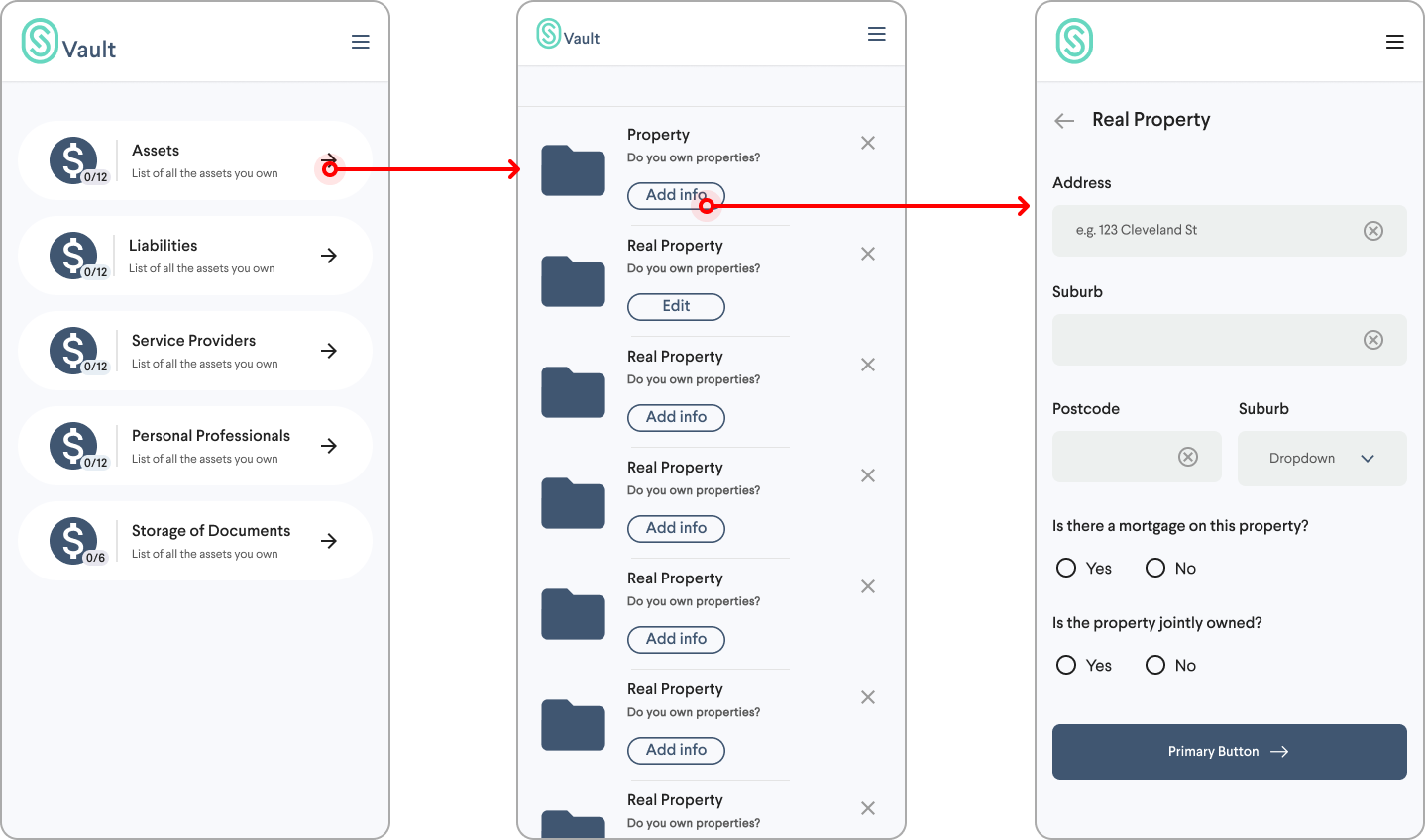
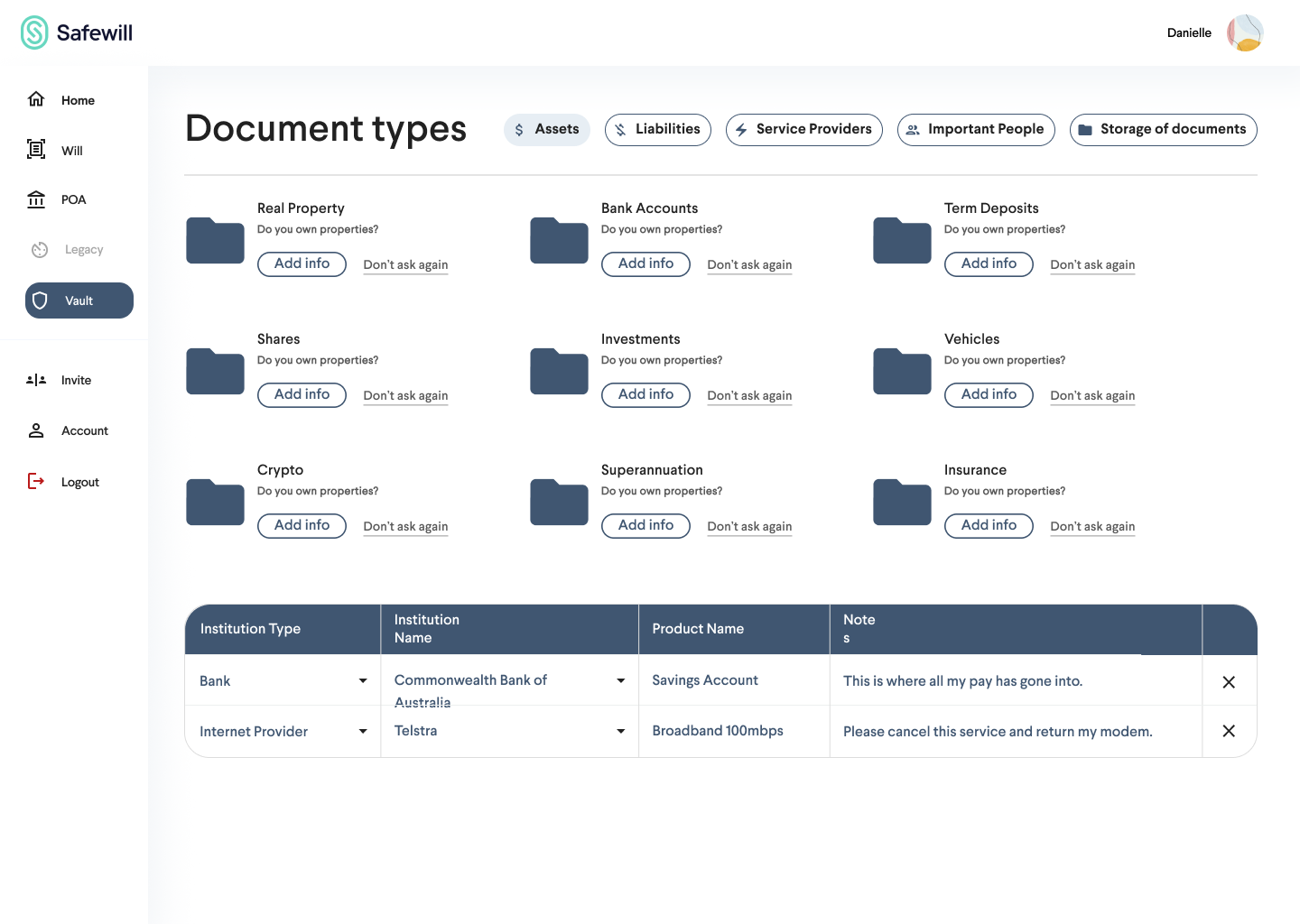
We tried many different designs with the intention of understanding how to optimally guide the user throughout their journey.

Besides smaller feedback here and there, stakeholders were happy with insights and how they influenced our designs. We could move forward to prototyping in high-fidelity and test our designs.
We only had one big constraint: the fact that we only had one engineer
doing frontend created a
big bottleneck on the engineering team.
The Vault was the priority, however - it had to be out by the
beginning of September. The
solution we found for that was to handoff components first so that these
could be built, while
we would still keep trying different designs with these.
It did make our hands tied in the Design team as we could only now explore
different designs
with the components we had already handed off - slight changes only. Nonetheless, we
had already
explored the solution space a lot, and had a pretty good idea about how the product was going to
look.
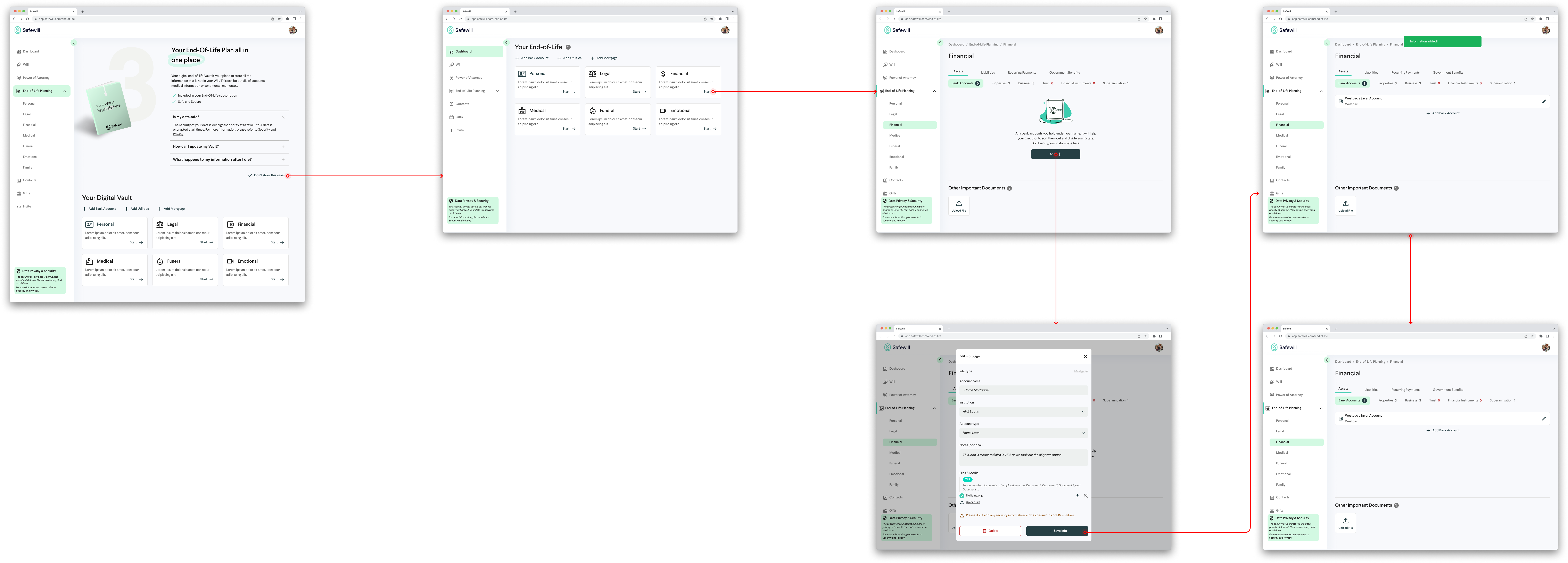
After the prototype, we tested that with users on Userbrain. A few things we wanted answered:


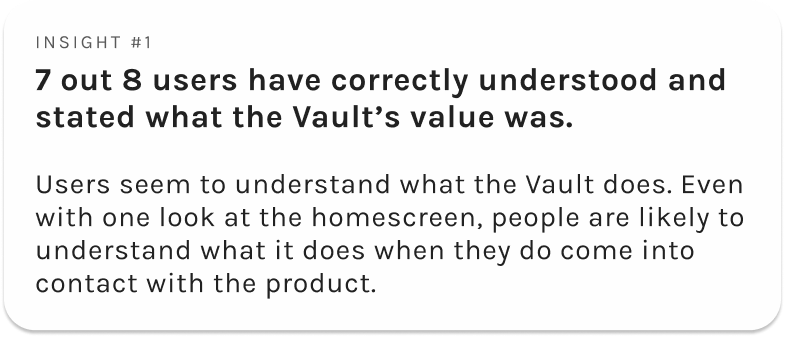
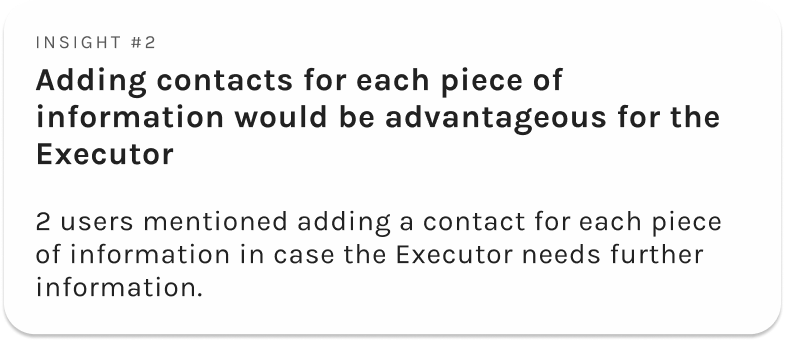
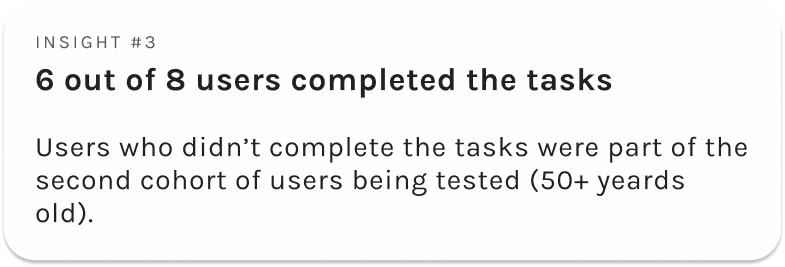
Stakeholders want to see the final product, not how you got there. Nonetheless, sharing research findings with stakeholders helps you build your case when it comes to design decisions, and makes them understand why we decided to do a design a certain way, or designed a flow differently than what they had in mind.
We lost precious time that we didn't have by trying too many designs in a very high-fidelity. The
team thought that by doing so we could be faster. By that hurt us since each design critique,
stakeholders would propose changes. Instead of making us faster, it made us slower.
Had we done the same in lower fidelities, it would have helped us focus on structure a bit more
and not have to polish designs that we were only trying too much - it would also get
stakeholders to focus on what matters: the structure of layout of the UI.
As a startup, Safewill has (for now) limited staff and capital allocation. In a way, that's a great thing, since it makes us really be selfish with our time and focus only on efforts that provide real value to the user. At first, we only intend to answer very important questions and experiment with very important solutions.
End-of-Life and Estate Planning preparation and very unknown subjects - part of it due to death being very tabu, no one ever wants to think about it. Another priority for us is to focus on making it more intuitive for the user what are important documents to upload, as well as guiding them on how to guide their Executor so that their Executor is not lost when the worst happens.